Creatine monohydrate is one of the most researched and effective supplements in sports nutrition. Yet, many athletes still hesitate to use it because they’ve heard it can cause bloating or muscle cramps.
The truth? These side effects are not as common—or as serious—as the rumors suggest. And with the right approach, you can enjoy all the performance benefits of creatine without the discomfort.
As a fitness trainer who has used creatine for years, I’ve seen firsthand how simple adjustments in dosage, hydration, and timing can make all the difference. Let’s clear up the confusion and make sure you get the results you’re after.
Table of contents
- Does Creatine Cause Bloating or Cramps?
- Why Some People Experience Water Retention or “Bloat”
- Understanding Creatine’s Effect on Muscles
- Possible Causes of Cramps While Using Creatine
- How to Minimize Bloating and Cramps
- Best Practices for Safe and Effective Creatine Use
- When to Seek Professional Advice
- Final Takeaway – Benefits Outweigh the Myths
Does Creatine Cause Bloating or Cramps?
Creatine monohydrate can sometimes cause mild bloating or occasional muscle cramps—but not for everyone.
In most cases, these effects are temporary and easy to prevent with the right approach. As someone who has been using creatine for over six years, I can tell you it’s one of the most reliable supplements for strength and performance.
The key is knowing how your body reacts and making a few smart adjustments.
Why Some People Experience Water Retention or “Bloat”
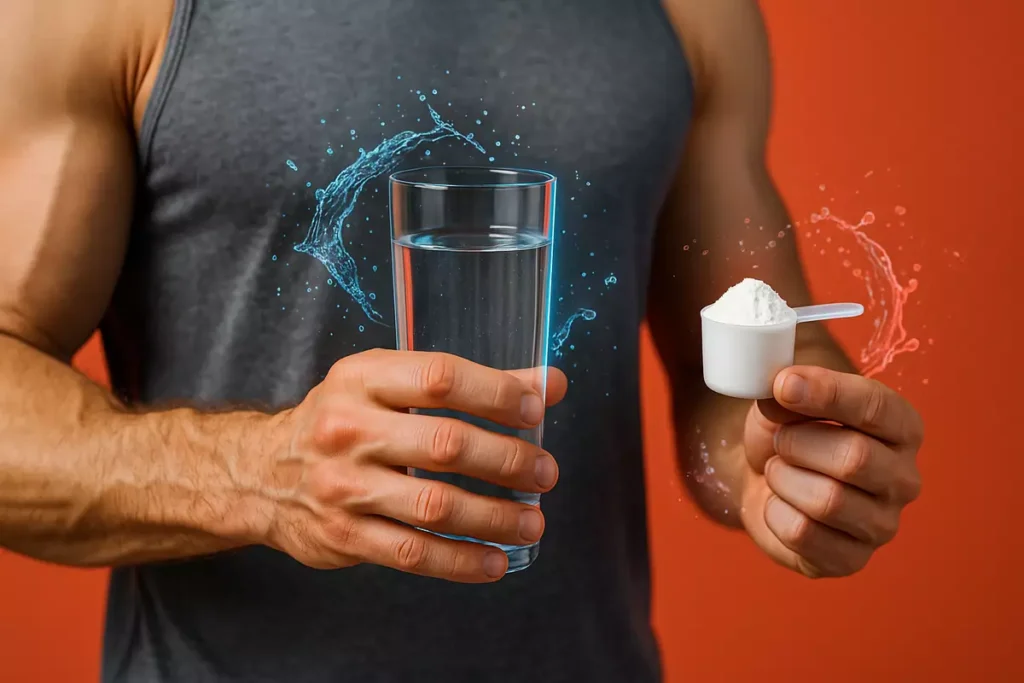
Creatine increases water content in your muscles, which is great for performance and recovery.
However, during the first few days—especially if you do a high-dose loading phase—your body can hold a bit more water under the skin, making you feel slightly “puffy.”
When I first tried the 20g per day loading phase, I noticed my midsection felt heavier. It wasn’t painful, just a bit uncomfortable.
For most people, this water retention balances out within a week.
Understanding Creatine’s Effect on Muscles
Creatine works by increasing phosphocreatine stores in your muscles. This gives you more rapid energy for high-intensity training.
The extra water inside muscle cells helps with recovery and strength but can create that “full” feeling at first.
Think of it like your muscles soaking up extra hydration to perform better—it’s a good thing, but the initial change can be noticeable.
If you’re curious about creatine’s role beyond bodybuilding, check out creatine for runners and endurance athletes.
Possible Causes of Cramps While Using Creatine
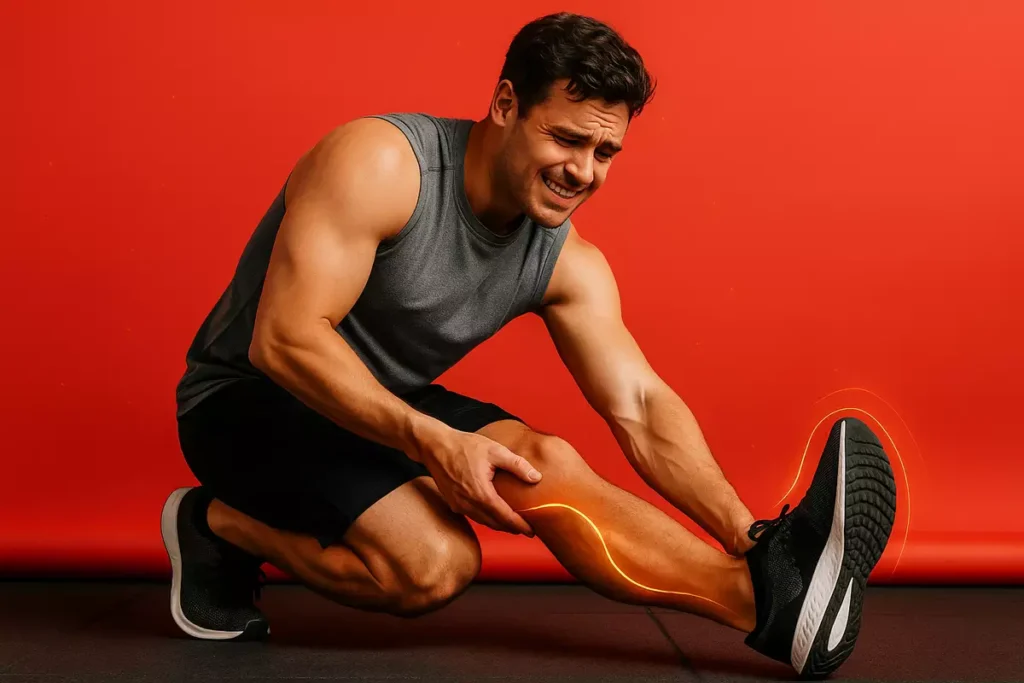
Cramps from creatine are less common, but they can happen if you don’t stay hydrated or if your electrolyte balance is off.
I once got a nasty calf cramp during a heavy leg day in summer because I underestimated how much water I needed.
From my experience with clients, dehydration is the main culprit—not creatine itself.
How to Minimize Bloating and Cramps
Here’s what works for me and my clients:
- Skip the high-dose loading phase. Start with 3–5g per day.
- Drink at least 2–3 liters of water daily.
- Keep sodium, potassium, and magnesium balanced.
- Take creatine with a meal to help absorption.
One client, James from the UK, complained of feeling bloated in his first week. We increased his water intake and kept his diet clean—within days, the bloating was gone.
For better synergy with your nutrition, you can read my guide on taking creatine with a protein shake or separately.
Best Practices for Safe and Effective Creatine Use
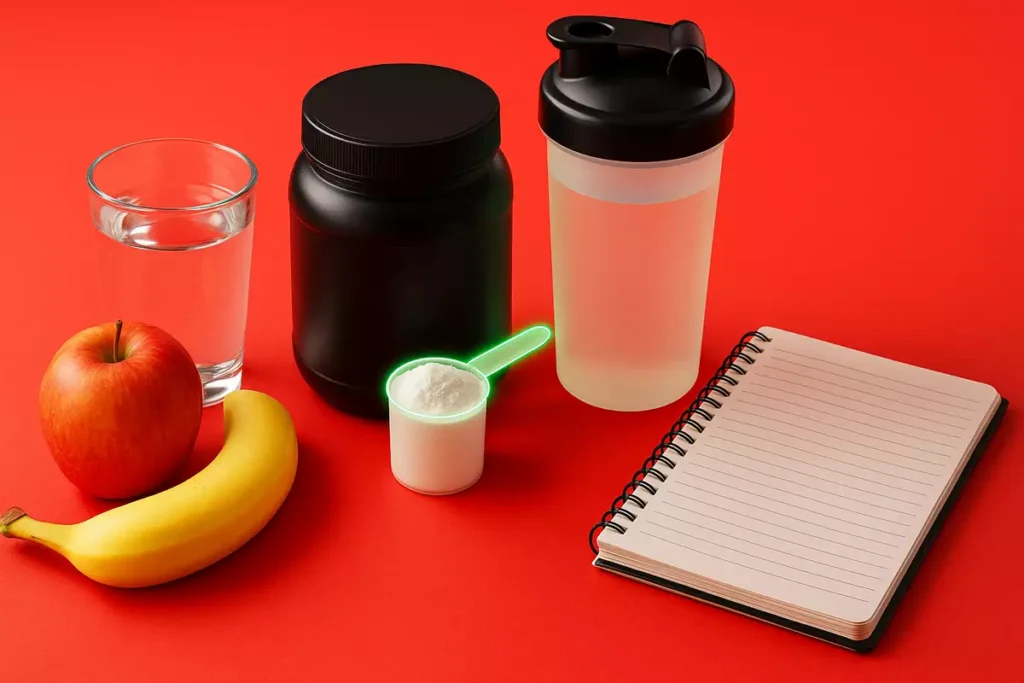
I recommend:
- Daily dose: 3–5g creatine monohydrate.
- Timing: Any time of the day, but consistently.
- Cycle: No need to cycle—continuous use is safe for most healthy people.
- Hydration: Always make it a priority.
Lucas, a Brazilian amateur bodybuilder I coached, followed this exact method. His squat went up by 15 kg in eight weeks, and his early bloating disappeared as soon as his hydration improved.
If you’re wondering about combining creatine with other supplements, my article on the EAAs and creatine pre-workout combo covers it in detail.
When to Seek Professional Advice
If bloating or cramps are severe or persistent, speak with a healthcare professional.
Underlying digestive or kidney issues can play a role, and it’s best to rule them out.
You might also want to be aware of creatine’s status in banned sports and how it relates to competitive rules.
Final Takeaway – Benefits Outweigh the Myths
In my view, creatine’s benefits—better strength, more endurance, faster recovery—far outweigh the minor discomfort some people experience at the start.
Most issues disappear with proper hydration and dosing. If you’re still deciding which form is best, read my comparison of vegan creatine vs monohydrate.
So, if you’ve been holding back because of the bloating or cramp “myths,” give creatine a fair try with the right strategy.
Your muscles will thank you.
For a deeper understanding of creatine’s role in overall health and hormones, check out my creatine monohydrate and testosterone guide.
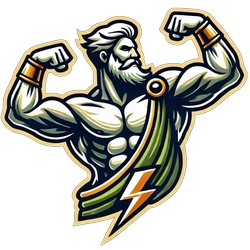
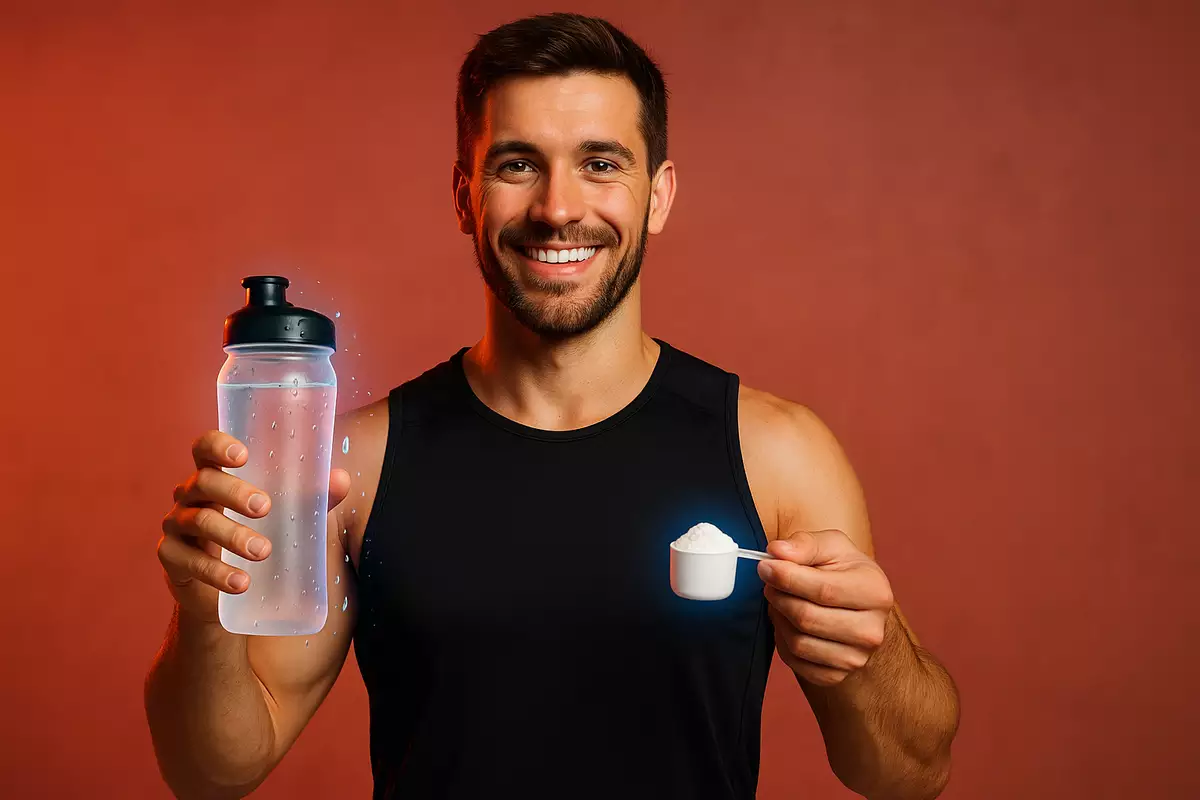

Leave a Reply